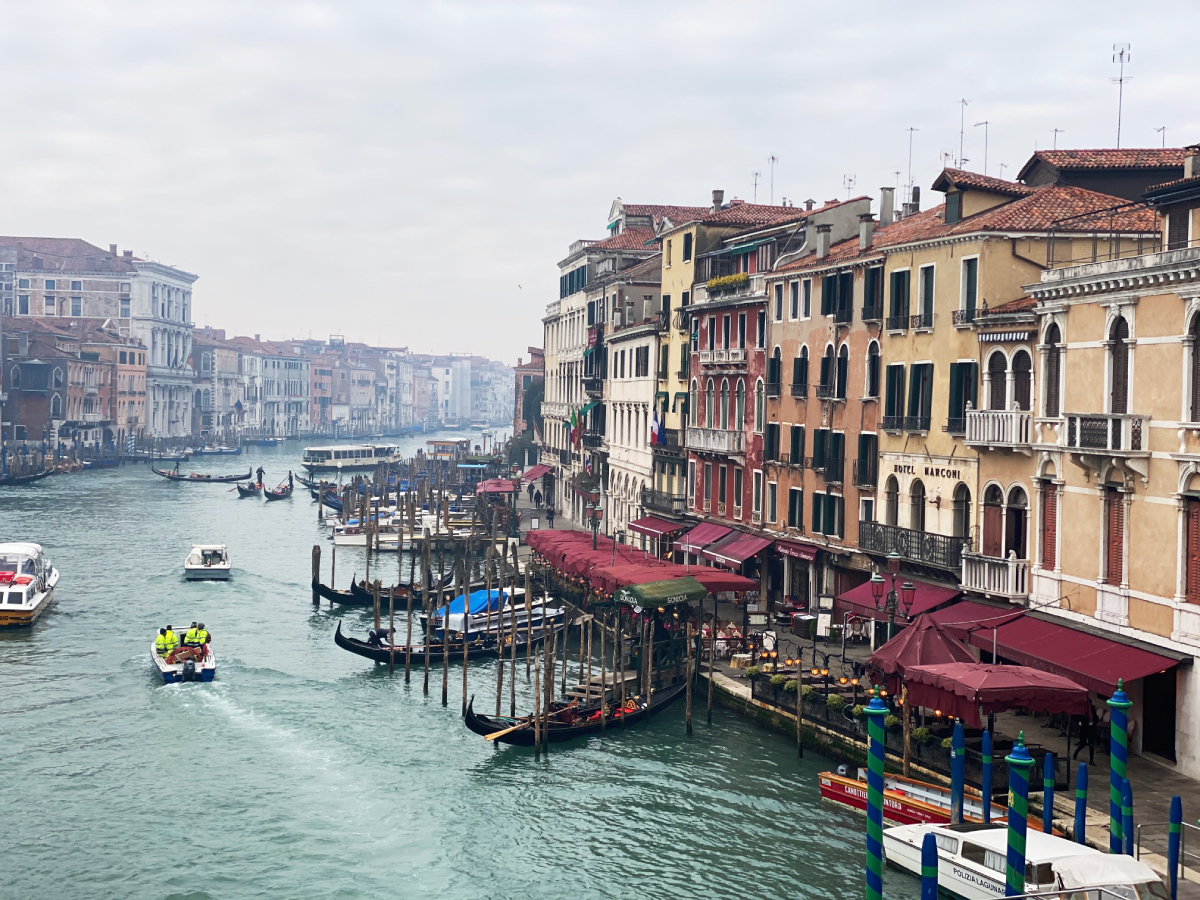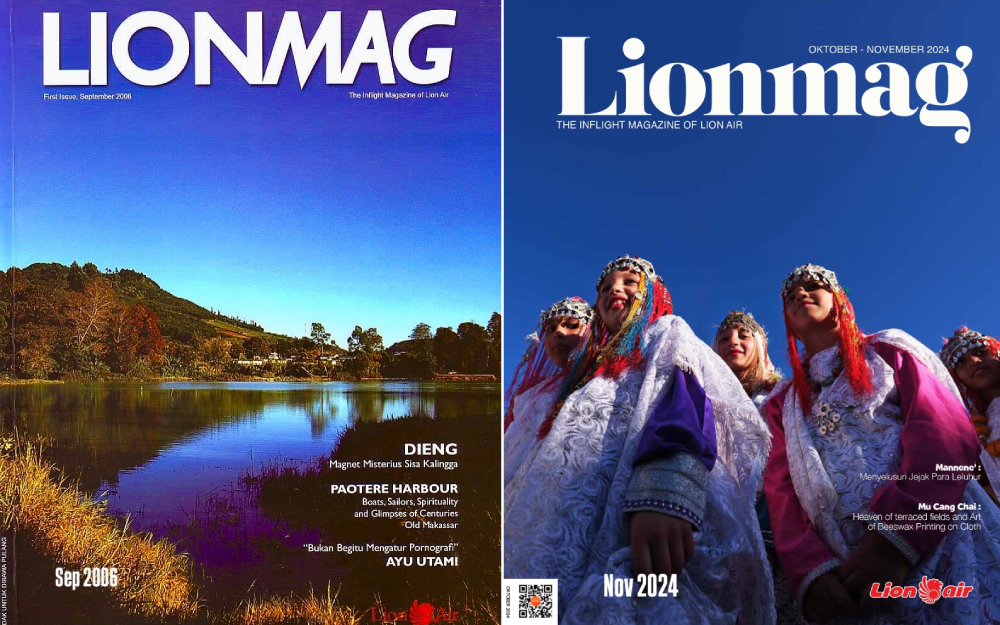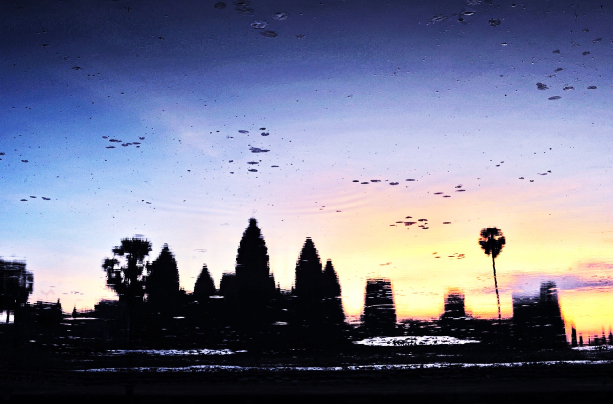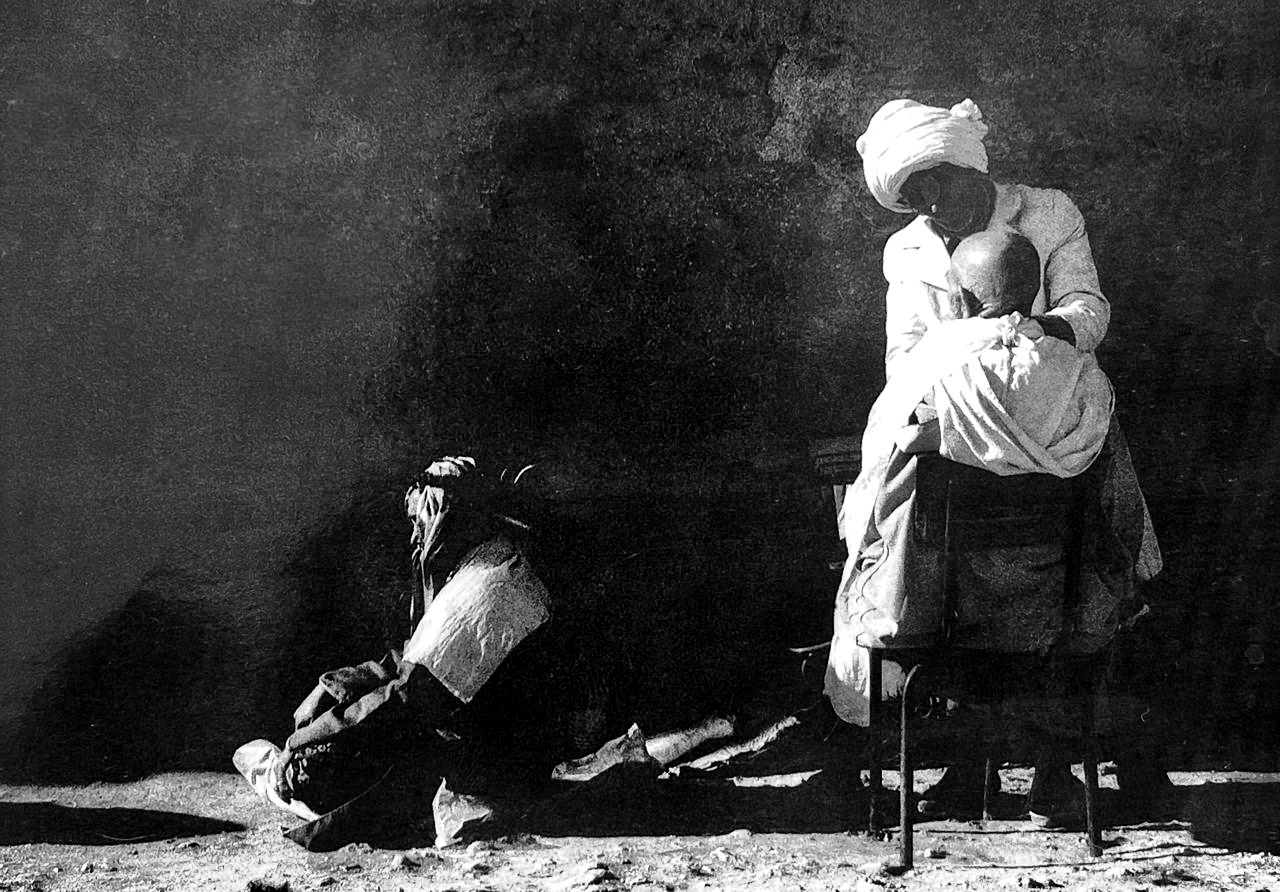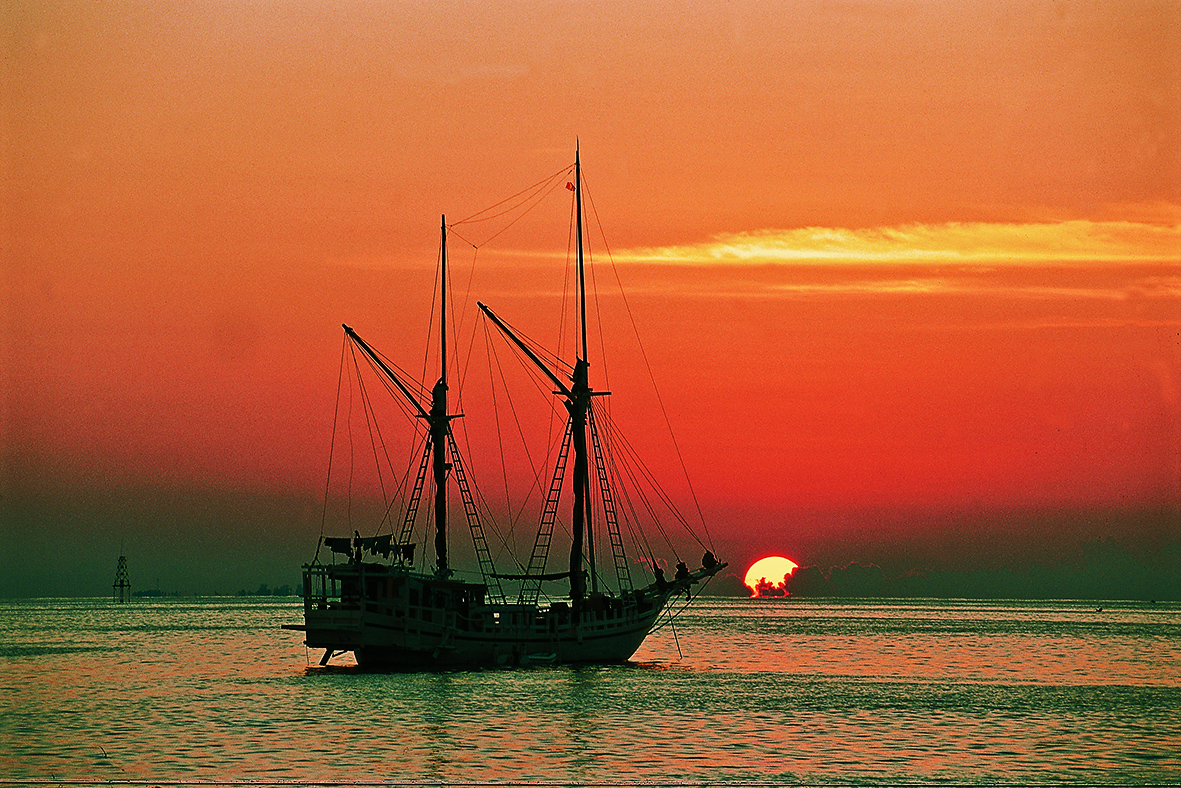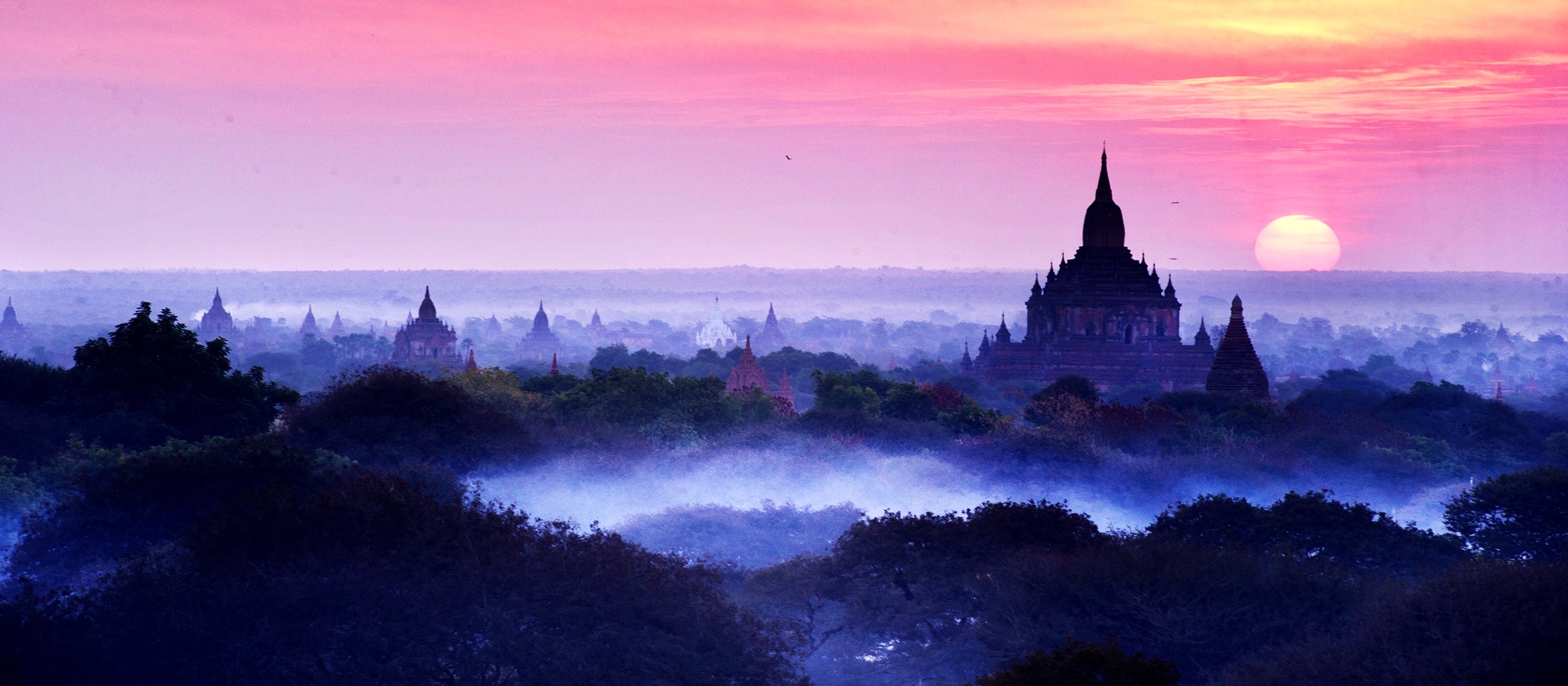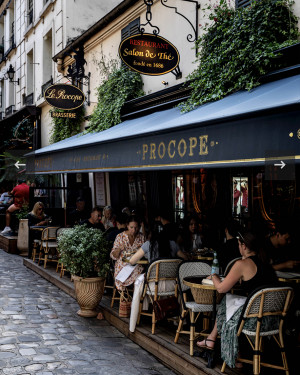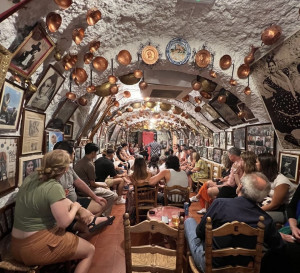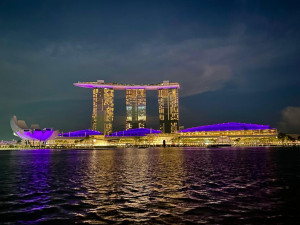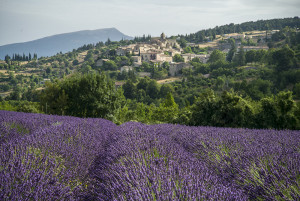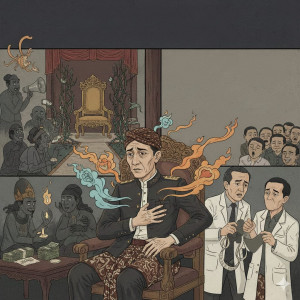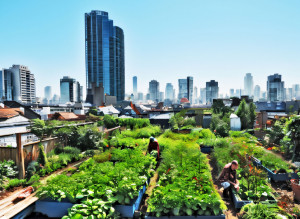So many words have been written about Venice it is tempting to wonder if there is much more to be said. But when I returned to the city recently after a 30-year interlude, I found myself thinking about its origins and history, and its links to the Orient without which it would never have prospered. I looked at Venice from a more Asian perspective — the result of having lived for several years in Indonesia’s capital, Jakarta.
My first view was not of Venice itself but of the marshes of the lagoon as we slowly descended towards Marco Polo airport. Snake-like meandering riverlets turn this way and that, through the flat grassy brown marshland that surrounds the lagoon. It suddenly occurred to me that this was how it first looked back in the fifth and sixth centuries, when small communities of people from the Veneto cities of the mainland, traumatized by the successive waves of Germanic invaders from the north, decided to move to the safety of the marshes to be totally surrounded by water.
Stepping off a flight from Jakarta into the warmth of a sunny late-summer’s afternoon at the airport — a mere 30 minutes from the medieval city sitting at the centre of its lagoon — I jumped onto a bus and in a short while was being whisked across the causeway that connects Venice to the mainland. Of course, the causeway is a relatively new addition to Venice, built by the Austrians who controlled the city state in 1846. It spans more than 2.5 km and is supported by 222 arches, complete with 48 explosive chambers for easy demolition during times of war!
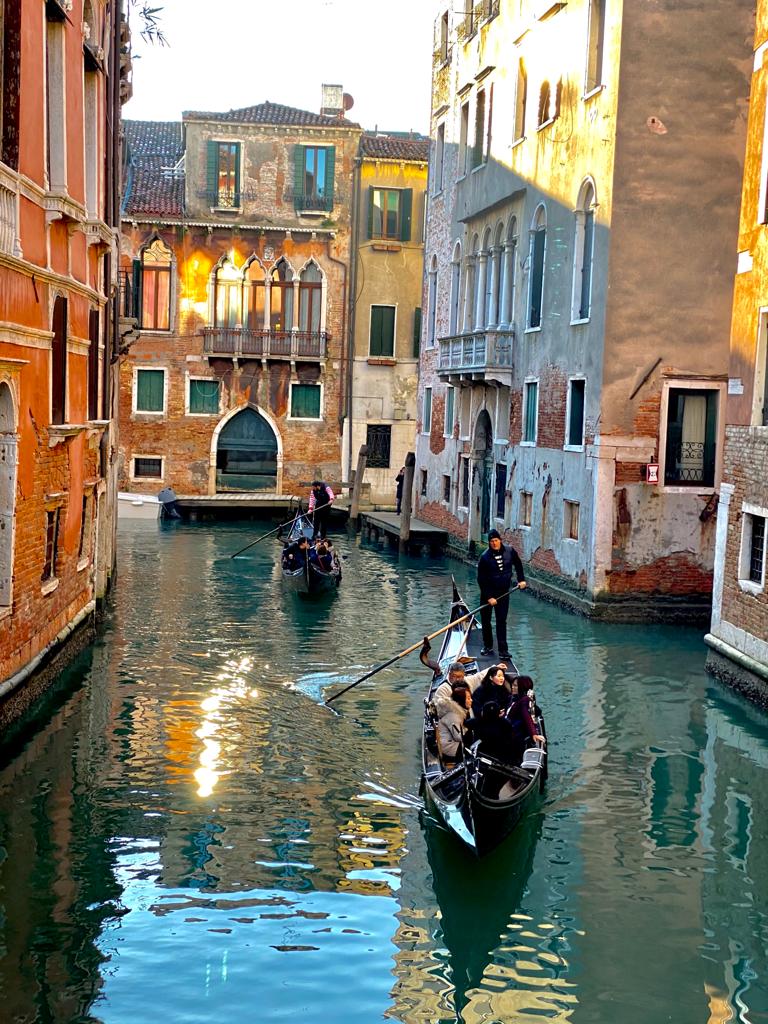
The best way to see the hidden back waterways of Venice is undoubtedly by gondola. Just make sure you haggle to get a good price! PHOTO : Makhfud Sappe/LIONMAG
And then there I was: back in the ancient city that I had last visited 30 years ago, enthralled by the magic of the Serennissima (the Most Serene), as it was sometimes called in medieval times. I was arriving in late September, just one week after the glitz and the crowds of the famous Venice Film Festival had moved on. And so the city was once again quiet, fewer tourists were to be seen, and the lagoon was blessed with the most beautiful Indian summer of balmy days and warm evenings — perfect for eating on the outside terrace of a Venetian restaurant in just a T-shirt. My first reflection was that the city really hadn’t changed much at all in the intervening years and it still retained the same certain shabbiness that is its charm.
It is said that Venice comprises a total of 117 islets and that when the first settlers arrived they called the large river that flowed through the middle the Rivo Alto. This later gave its name to the famous Rialto bridge, which for several centuries was the only way of crossing the Grand Canal without using a gondola.
The islets were divided into six ancient segments and within these grew up a sequence of villages, gradually spreading out over the years and creating a mosaic of old communities that make up the city today.
I was staying in a small backstreet hotel in the Cannaregio district, not far from the railway station at the end of the causeway — a humble down-to-earth corner of Venice where you realize that if you walk a little you can quickly discover that Venetian daily life stills goes on undisturbed by the tourist throngs.
Next : Venice 2
